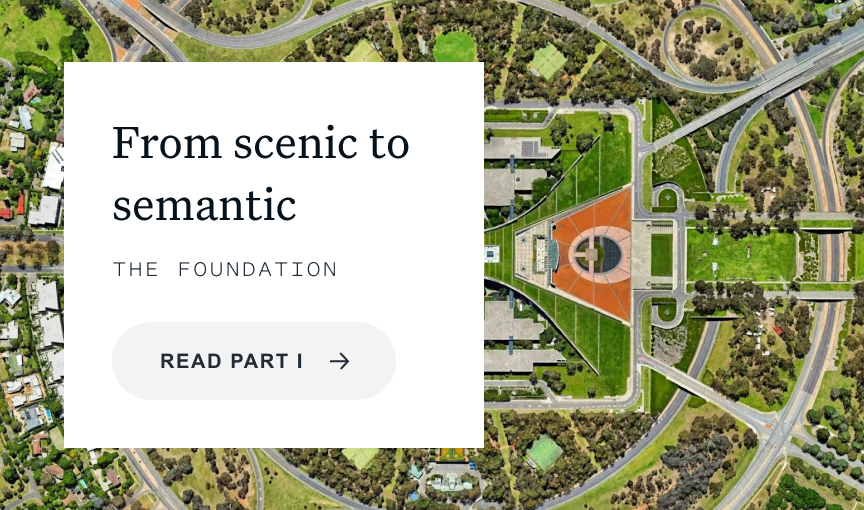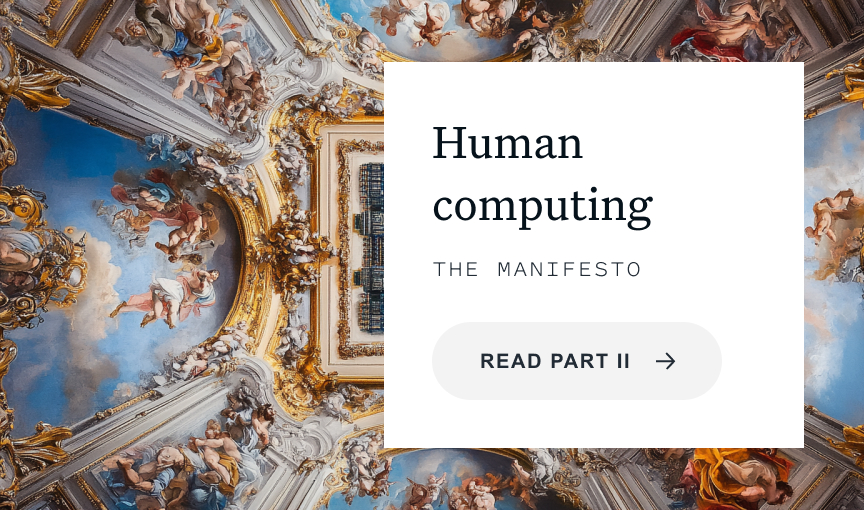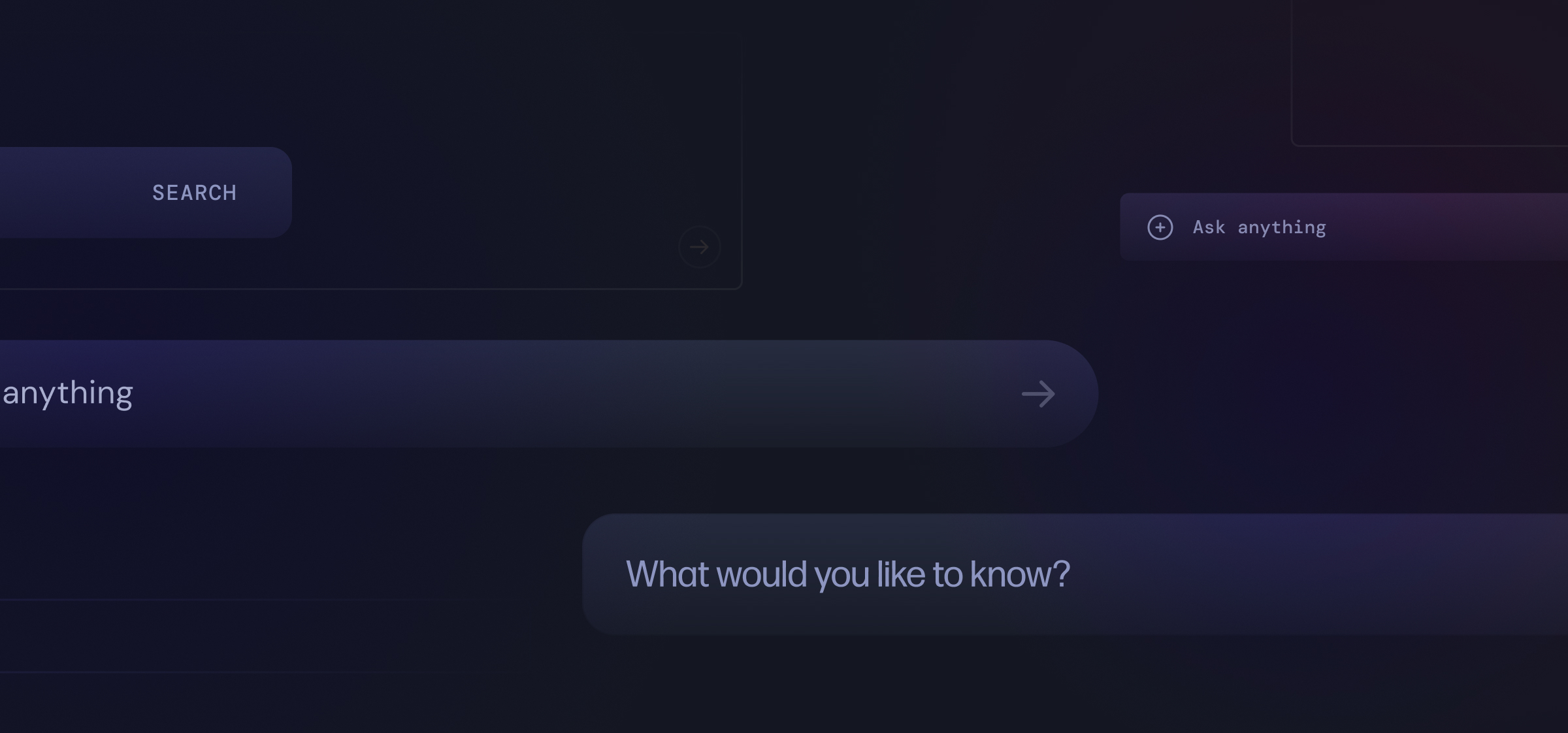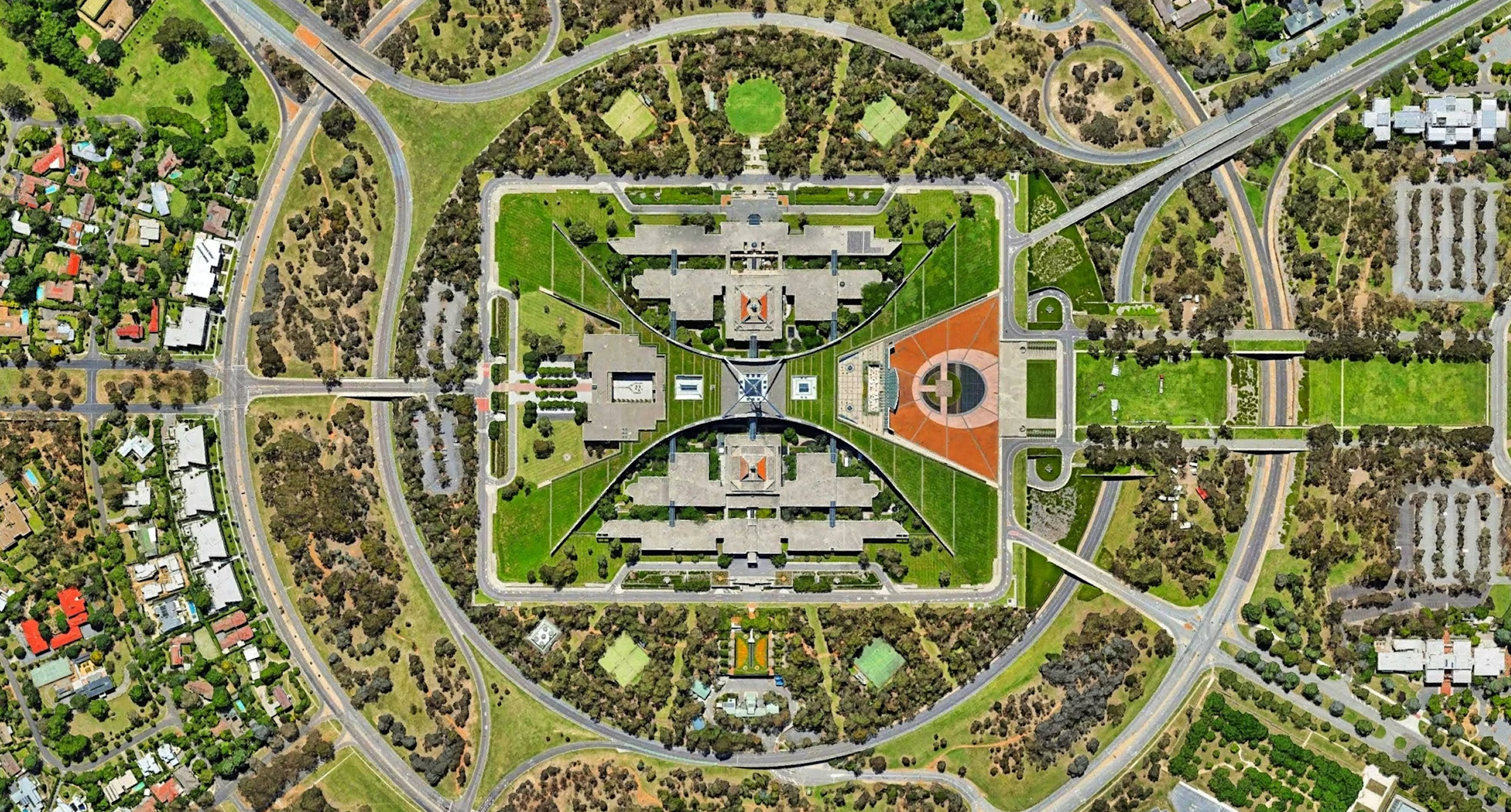
Newsletter
Designing the ghost in the machine
By
Doug Cook
—
6
Aug
2025
We’re in the midst of a major shift in how we design digital experiences. It’s as significant as the move from the command line to the graphical user interface, only this time, the shift is even more profound.
As John Maeda notes, simplicity is converging with agency. But this convergence isn’t just about fewer steps. It calls for a fundamental rethink.
Until now, we’ve focused on mapping out well-defined user journeys. We’ve obsessed over reducing friction, guiding users through a series steps that are intuitive, polished, even delightful.
But this approach was, at best, a scenic route, optimized for the journey, not the destination. Though carefully crafted, we lacked the tools to build systems that adapt to what people actually want to achieve.
Semantic systems interpret language, learn from behavior, and adapt to user goals. Done well, these systems act more like a compass than a map, focusing on what people want to accomplish rather than prescribing a fixed path.
So where does this leave the craft of design?
Designers must think less in terms of screens and flows, and more in terms of contexts and outcomes. We need to shift from designing interfaces to orchestrating intent. This calls for a new kind of empathy, one that embraces nuance, ambiguity, and the full spectrum of human behavior.
As interfaces become increasingly semantic, they’ll evolve from guiding the journey to understanding the destination. This is as much a philosophical milestone as it is a technical one. It challenges our assumptions about what design is and invites us to transition from human-computer interaction (HCI) to human computing.
Design’s next frontier
Human computing focuses on relationships, moving beyond interfaces toward deeper partnerships between people and technology.
As we navigate this paradigm shift, our opportunity is not just to adapt, but to shape the kinds of relationships we want. That means evolving our methods to design systems that learn, grow, and truly collaborate with us.
Read our series on Human Computing
Part 1: From scenic to semantic (The Foundation)
Part 2: Human Computing (The Manifesto)
Part 3: Beyond the interface (The Framework)

Doug Cook
Doug is the founder of thirteen23. When he’s not providing strategic creative leadership on our engagements, he can be found practicing the time-honored art of getting out of the way.












































